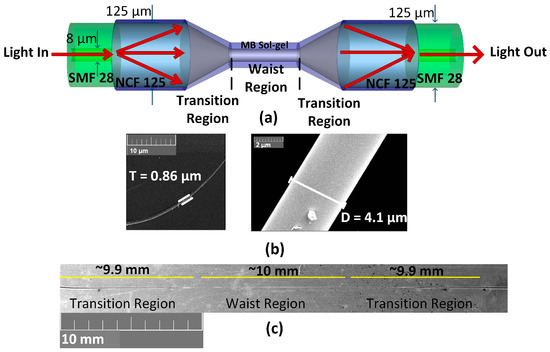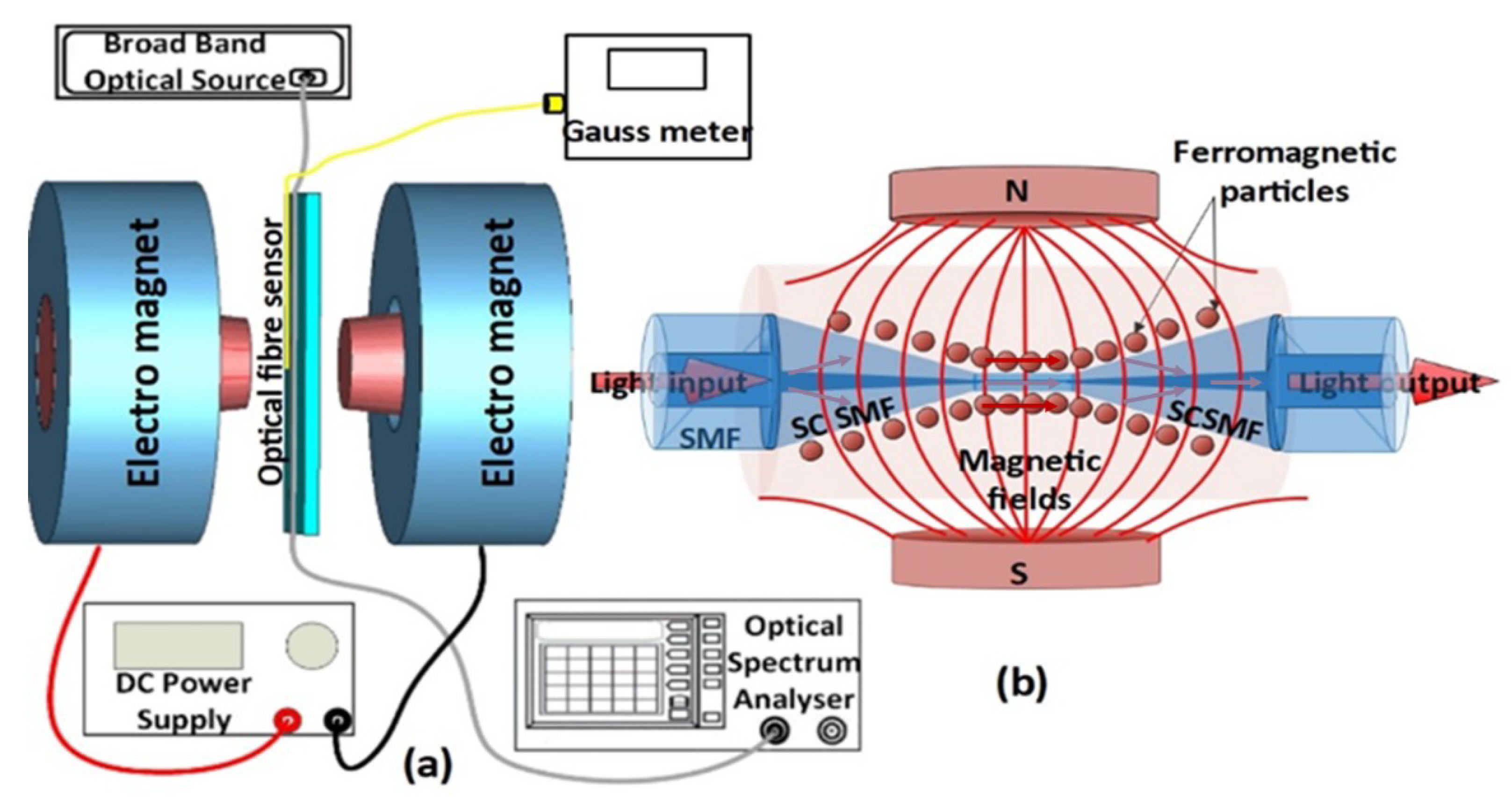How an Optical Fibre Diameter Analyser Optimizes Manufacturing Accuracy
Optimize Your Fiber Optic Performance: Comprehending Optical Fibre Size Analyser Innovation
The efficiency of fiber optic systems is seriously affected by the accuracy of their size, an element often overlooked in the search of ideal signal integrity. Comprehending the innovation behind optical fibre diameter analysers discloses the detailed balance in between measurement accuracy and production top quality.
Importance of Optical Fiber Size
The diameter of optical fiber plays an important duty in establishing the performance and efficiency of communication systems. On the other hand, smaller sized sizes often tend to support less settings, which can boost signal quality and minimize crosstalk.

In addition, recognizing the size's implications can lead to cost financial savings by decreasing the need for signal boosting and repeaters in extensive networks (optical fibre diameter analyser). To conclude, the importance of optical fibre size can not be overemphasized, as it straight impacts the total effectiveness and reliability of contemporary communication systems

Exactly How Size Impacts Signal Quality
Signal quality in optical fibre systems hinges significantly on the size of the fibre. A smaller size can lead to greater depletion prices, resulting in signal loss as light travels with the fiber.
Conversely, larger sizes normally permit enhanced light capture and lowered modal diffusion, improving signal clarity. In multimode fibres, a larger core diameter can support several light modes, but it may also introduce intermodal dispersion, which can break down signal high quality. Picking the ideal fiber diameter is critical for achieving the desired efficiency in certain applications.
Furthermore, the communication in between the fiber diameter and the wavelength of the light utilized plays an important function in establishing the reliable transmission distance and overall signal integrity. Comprehending just how fibre diameter affects signal high quality is necessary for network designers and designers aiming to maximize optical fiber systems for dependable, high-speed information transmission.
Introduction of Size Analyser Innovation
In numerous optical fiber manufacturing procedures, accurate dimension of fibre size is vital for making certain constant performance and quality (optical fibre diameter analyser). Diameter analysers are advanced tools made to assess the physical measurements of optical fibres with high accuracy. They use advanced optical and laser innovations to measure the diameter, ovality, and concentricity of the fibre, hence supplying essential information for high quality control
These analysers can run in-line throughout the production process or as component of off-line testing procedures. In-line systems explanation make it possible for real-time tracking, allowing manufacturers to readjust criteria instantly, therefore maintaining optimum manufacturing conditions. Off-line analysers, on the various other hand, offer extensive examinations of batches, making sure that any kind of variances from defined resistances are recognized and addressed.
Diameter analysers significantly add to the reduction of flaws in optical fibres, enhancing general item reliability. By consistently determining vital criteria, these modern technologies facilitate conformity with industry criteria and requirements. As the need for high-performance optical fibres continues to increase, the role of size analysers becomes progressively important in attaining the preferred quality and performance standards in fibre optic systems.
Key Attributes of Fiber Diameter Analysers
Although various models of fiber diameter analysers exist, they generally share a number of key attributes that boost their performance and integrity. Among one of the most considerable attributes is high-resolution measurement abilities, which guarantee accurate size analyses, important for maintaining quality assurance in fiber production. Additionally, several analysers incorporate sophisticated optical sensors developed to detect minute variants in fibre size, therefore supplying indispensable information for procedure optimization.
Another essential attribute is real-time surveillance, permitting operators to obtain immediate feedback on fiber size throughout the production procedure (optical fibre diameter analyser). This ability facilitates rapid adjustments and reduces the chance of issues. Lots of analysers likewise come equipped with user-friendly interfaces, allowing drivers to easily browse with click here for info data and setups outputs
In addition, robust information storage and evaluation capabilities are important for tracking historical performance patterns and making sure conformity with market requirements. Some versions also offer connectivity alternatives for combination into existing manufacturing control systems, enhancing general operational efficiency. Mobile and small styles enable for versatile deployment within manufacturing environments, making sure that quality assurance procedures are seamless and reliable. These functions collectively add to the efficacy of fibre diameter analysers in maximizing fibre optic efficiency.
Finest Practices for Fiber Optimization

First, routine calibration of optical fiber size analysers is vital. This guarantees precise dimensions and decreases prospective discrepancies that can influence performance. Next, maintaining a clean working environment is essential; dirt and pollutants can result in signify deterioration.
Additionally, it is essential to select fibers that meet specific application demands. click now This entails examining factors such as depletion, bandwidth, and ecological conditions. Proper installation techniques should likewise be abided by, including preventing sharp bends and extreme stress, which can endanger fibre integrity.
Additionally, employing sophisticated surveillance systems can help with real-time efficiency evaluations, allowing prompt recognition of concerns. Normal screening and maintenance must be conducted to make certain that fibers remain within optimal functional specifications.
Lastly, training workers on the most up to date fiber optimization modern technologies and methods will certainly boost their capability to implement efficient strategies. By complying with these ideal practices, organizations can dramatically improve the performance and life expectancy of their optical fibre systems, guaranteeing reliable communication and data transfer.
Conclusion
In final thought, the combination of optical fiber size analyser technology is vital for optimizing fiber optic efficiency. By making sure specific dimensions of fiber dimensions, these analysers substantially enhance signal top quality and minimize losses during data transmission.
Signal top quality in optical fibre systems hinges significantly on the size of the fiber.In several optical fiber production procedures, exact dimension of fibre diameter is crucial for ensuring constant performance and top quality. As the demand for high-performance optical fibers continues to rise, the duty of size analysers becomes progressively crucial in accomplishing the desired top quality and efficiency criteria in fibre optic systems.
These features jointly contribute to the efficiency of fiber diameter analysers in optimizing fiber optic efficiency.
In verdict, the assimilation of optical fiber diameter analyser technology is vital for making best use of fiber optic efficiency.